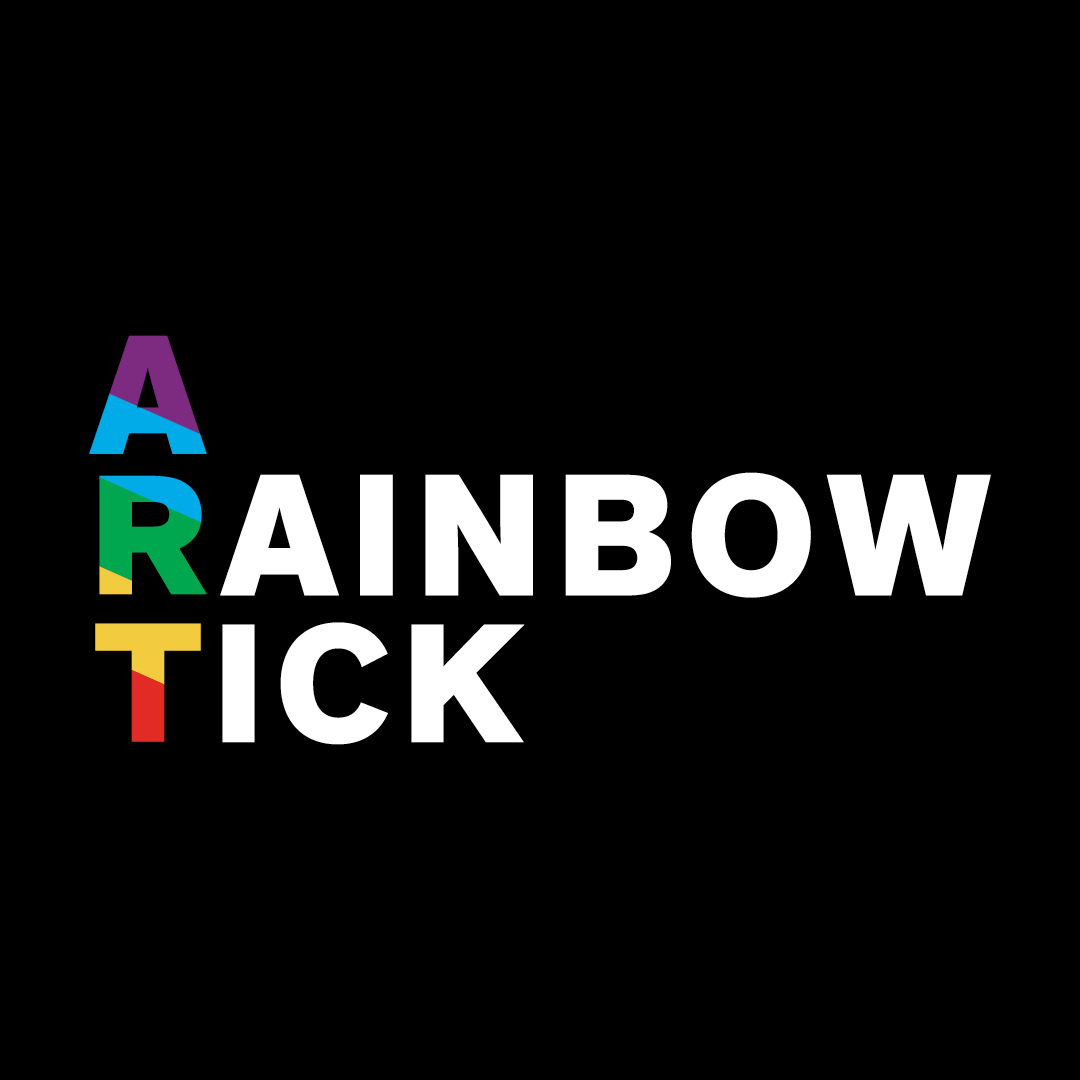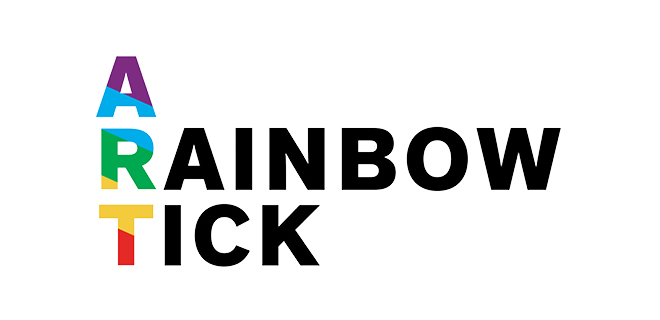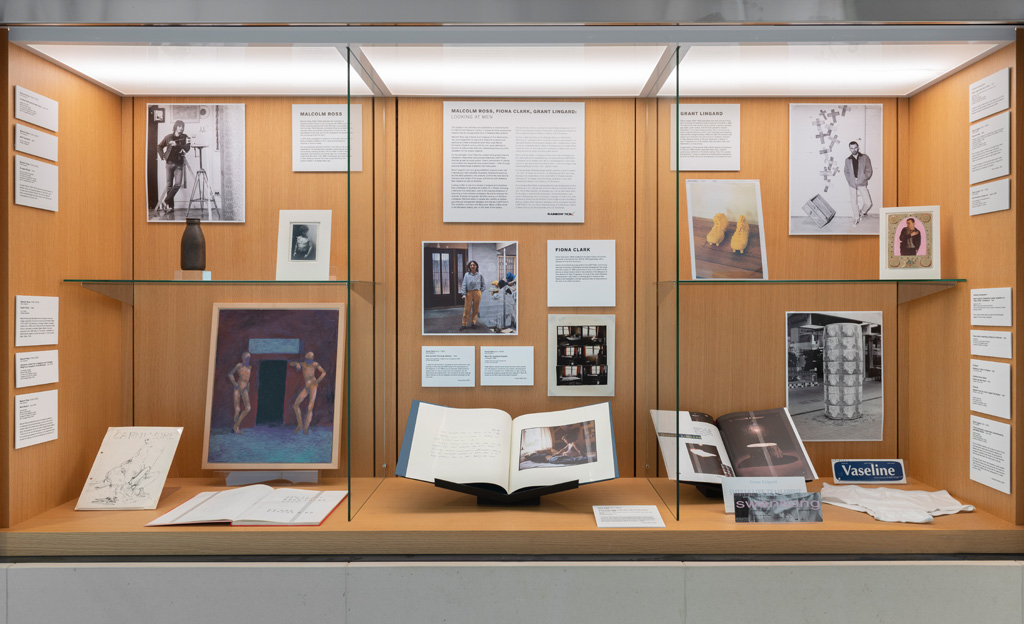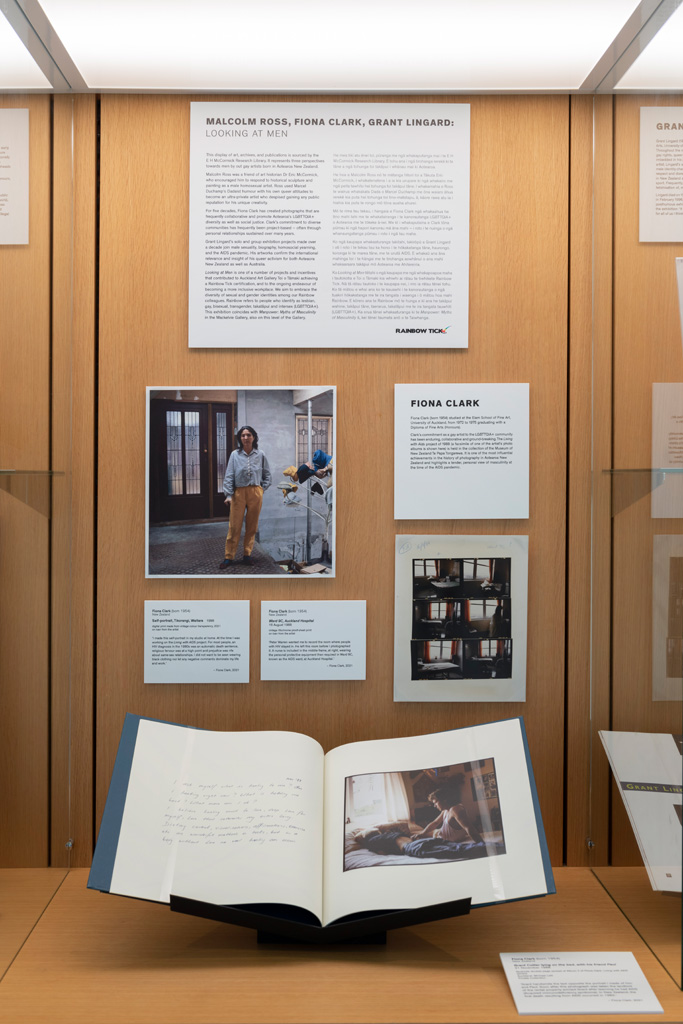Auckland Art Gallery Toi o Tāmaki commenced the journey towards becoming Rainbow Tick accredited in late 2020. The drive to do so came from the Gallery’s leadership who together with staff who were listening to community feedback, which included calls in the arts community for greater acknowledgement of queer artists and artworks in public art galleries. The articles in the media that followed stimulated a depth of discussion across the Gallery. Members of the curatorial team, guided by Dr Sarah Farrar, Head of Curatorial and Learning, advocated for the Rainbow Tick programme as a constructive course that would grow the capacity of all staff and create much-needed cultural change in the organisation. The Gallery was fortunate to be assigned Julie Watson as its Programme Manager and, in the interview that follows, Julia Waite, Auckland Art Gallery Toi o Tāmaki Curator New Zealand Art, and Julie discuss the thinking behind the Tick, what’s involved in working towards it and some of the wider issues at stake.
Julia Waite & Julie Watson

Article Detail

Julia Waite: Is Auckland Art Gallery the first cultural organisation you’ve worked with closely on Rainbow Tick, and what has it been like? What’s different or unique about working with cultural organisations?
Julie Watson: The fabulous people at Tāmaki Paenga Hira | Auckland War Memorial Museum are also my clients. Galleries and museums are some of my go-to places, especially when travelling, and what you both have in common is your incredibly thoughtful and informed staff who like to learn, interrogate and reflect. This makes facilitating education sessions at both places tremendously rewarding.
What I liked about starting the Rainbow Tick work with the Gallery’s team is that you had a motivation; a point in time when you knew it was right to start the process. There was buy-in through the management structure, and I saw people being increasingly brave in talking about their place in rainbow communities.
Julia: I had always thought of the Gallery as a progressive place, and it was revealing to discover how much we have to learn. Do you often see workplaces experience this sense of shock when they start the Rainbow Tick journey?
Julie: We all have much to learn. As the younger generation becomes bolder and less accepting of being marginalised, they are escalating the discourse and we are all scrabbling to keep up. We also have a global connectivity like never before; we are constantly learning from people all over the planet. But yes, once most workplaces (except those that have prepared for years before formally starting with us – this isn’t necessary as we help with the process) start to put on their rainbow lenses, they realise how much there is to be done. Policies are a great example – many places wrote theirs in good faith to best practice standards a number of years ago, and they can now read as quite heteronormative and cis-centric. The conversations to modify these are so rich – often full of ‘aha’ moments for the people who work on them.

Julia: The process of working towards becoming Rainbow Tick accredited is quite involved, and includes establishing a Rainbow group, holding education workshops and completing a self-evaluation document. What’s your take on this structure? How do you see it all working together?
Julie: For the Gallery, it involved these things. Some organisations have a well-established Rainbow group who sometimes are the driving force behind the Rainbow Tick journey, and some of them will do all the necessary mahi (work). I was so delighted the Gallery sought to hold education workshops right from the start of the journey; I believe it helped more people to understand what the Tick meant for the Gallery and how to support its kaupapa (principles, set of values).
Every organisation has to complete the self-evaluation document – this is the baseline and gives Rainbow Tick the documentation and the supporting evidence to help us see if you are ready to be certified. Some organisations have to do another round because they have not met the minimum requirements. We revisit this self-evaluation process annually and we expect to see improvement. You may get the Rainbow Tick by meeting the minimum requirements, but you will not hold on to it unless we see consistent improvements each year. This can get harder to achieve – working with your Programme Manager to create a programme of improvement is an important ongoing process.

Ugo Rondinone, vocabulary of solitude, 2014 (detail of installation at Auckland Art Gallery Toi o Tāmaki, 2021). Photo: Jennifer French. Courtesy of the artist.
Julia: One of the first pieces of work we focused on was establishing a Rainbow group for Gallery staff. Why did we do this first, and why is it so important?
Julie: The base kaupapa for a Rainbow Tick organisation is to be a safe and welcoming space for employees from LGBTTQIA+ communities. The people with lived experience of rainbow communities are those who are going to know best what needs to happen in an organisation. This does not mean they need to do all the work; informed and empathetic allies can do a lot as well. Unless you gather people, endgender trust in them and encourage them to communicate their experiences, you are not going to hear the full employee experience. It is also human nature for most people to want a sense of belonging. For some, a Rainbow group will provide this in their workplace. We like Rainbow Tick organisations to acknowledge a selection of important days from the rainbow calendar; an organisation’s Rainbow group will have a strong sense of which days should be highlighted and great ways to do this. It is all about ‘nothing about us without us’.
Julia: Throughout the first year of working on the Rainbow Tick, we had to continually remind ourselves that the process was internally focused, because there was a tendency to think about how we relate to the public and how we could increase the number of Rainbow exhibitions and events, rather than concentrating on internal culture. Is this a common issue? Do you think workplaces find it challenging to think about internal culture?
Julie: This is a constant challenge for so many of our organisations that are people focused – universities and polytechnics, health providers, schools, life insurers – and is something that we often have to remind ourselves of when we are working together. However, don’t underestimate the impact of your public-facing work for your employees. If we take the Gallery as an example, consider how affirming it is for queer staff to see the showcasing of an LGBTTQIA+ artist, or hear an artist talk about how their sexual orientation or gender can be seen in their work and how it shaped their thinking and creativity.
Julia: Does Rainbow Tick see itself as part of a network of organisations helping workplaces shift their cultures? Do you seek guidance from other similar groups?
Julie: Probably the groups we seek advice from the most are Gender Minorities Aotearoa, OutLine, RainbowYOUTH, New Zealand AIDS Foundation and Body Positive. We have counterparts over the world and each of us know people whom we trust and respect and kōrero (speak) with about particular issues. We also connect people from various organisations who are working on similar projects or who are geographically close to each other.
Julia: Some are critical of Rainbow Tick as a branding exercise and part of ‘rainbow washing’. How do you respond to this?
Julie: Yes, there are a number of people who believe you just have to pay to get the Tick; none of these people have been involved in getting an organisation accredited or holding the accreditation. We don’t get defensive about that – we don’t advertise, there is a wait time to induct new organisations because of the complexity of the process, and each organisation is required to re-accredit their Tick each year. A small number of organisations have moved into a tuakana (elder sibling) role, which demonstrates the enduring nature of the work and relationships that are developed in the process.
We are just interested in doing the mahi with organisations that are genuine about creating safe and welcoming workplaces.
Julia: Today, equity, diversity and inclusion are becoming increasing areas of focus for workplaces. What do these terms mean to you?
Julie: That is a great question, because those words certainly mean different things to different people. First up, equity is about removing barriers to reduce the camber of the playing field. Although some people will never get to play on a level field, we should all strive to make it less steep, and some people require considerations that others do not.
Diversity is everything that makes us different to each other, and we need to consider every element of that difference in our workplaces and in our relationships with our colleagues. It needs to be reflected in our hiring policies, in the way people can apply, and in the interview and selection processes. It affects what we may need to put in place once that person is employed, although it’s essential that it is thought through beforehand, so they don’t have to ask. Diversity is acknowledged in facilities, the use of pronouns, a company’s leave policies, the software, designated car parks, in the celebration of language weeks and the commemoration of more painful days like Transgender Day of Remembrance. It is seeing the wisdom of age and youthful flexibility of thought. It is recognising that families look all sorts of ways and that there are families of choice; that people are connected in all sorts of ways and also not.
Then there is inclusion. This is making everyone feel valued and appreciated for what they bring and understanding that each person brings a raft of responsibilities, quirks and treasures to their professional life. Some people will hand that to you on a plate, whereas others will first need to be reassured that it will be respected. The more that we can turn up to work as our authentic selves and be wholeheartedly greeted, the more we can give to our mahi.
I think an organisation needs to work out what these words mean to them, and then they need to be clearly documented and openly, frequently communicated.
Julia: Being accredited with the Rainbow Tick involves, as you’ve explained, an ongoing process of work, which is monitored by the Rainbow Tick organisation. Why is this monitoring important? Are there any special initiatives you’ve seen taken by organisations that you’d like to share?
Julie: The annual monitoring is important because while we accredit to a minimum standard, we require Tick-accredited organisations to be constantly improving their practices and evolving to respond to societal changes – when Rainbow Tick first began, for example, people would not have been so aware that a parental leave policy would need to encompass surrogacy and whānau (family) with more than two parents.
The ongoing accreditation also honours the work of the foundational Rainbow Tick advisory group, who said that if you can award a Tick, you have to be able to take it away as well. It is not enough for an organisation to go, ‘phew, we did enough for a Mallow Puff – we can leave it at that!’.
There are so many special initiatives that have been developed by Rainbow Tick organisations wanting to give back to communities: the clothing drives held for RainbowYOUTH’s community wardrobe, the improvements made to OutLine’s communication system, and the development of a ‘transitioning in the workplace’ policy for workplaces and their partnering organisations. One bank hosts an annual work experience day for young transgender people, in which they can also practise their interview skills. Some organisations have made advertisements for others (remember the pie ad for RainbowYOUTH?), and so many have made videos in which people from the Rainbow network have shared their stories. Others have hosted events to support parents of children who are LGBTTQIA+. There are also many small initiatives that have changed the mental health outcomes for so many people and which will continue to do so for so many more. More than anything, people have started listening and talking – the power of the narrative is giant.
For more information about the Rainbow Tick, please visit: www.rainbowtick.nz
Read more about the Gallery’s Rainbow journey here.


